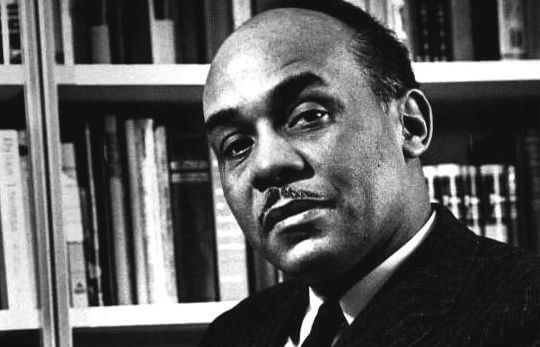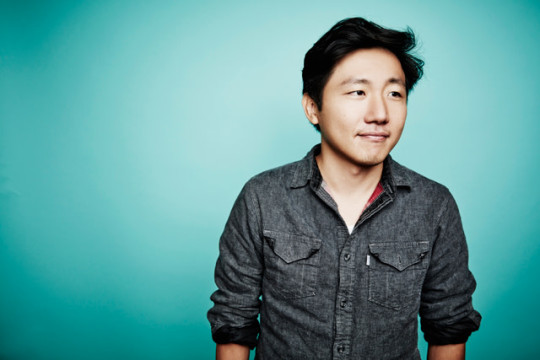Language Profiles: student agency & multilingualism
This post is relevant either to language A/B teachers or to educators looking at whole school literacy implementation ideas.
Thank you, Yi Shen (Sandy) for showing me the power of a language profile in our workshop in Hong Kong (Sha Tin College, September 2017)! This is something any of you can try with your teaching staff or your classrooms to make language a truly dynamic part of the learning process at your school and help people become aware of the power and challenges that come with personal language knowledge.
Some schools will already have a language profile for each student. Often, this only lists the home language(s) and level of English (or language of instruction) of the student. We can do more! Also, sometimes the level of English listed is from an application filled out by parents trying to impress the school. Find out where the information comes from to really understand what it means. Essentially, there are many ways to get more information that can help gain knowledge for the student’s personalised learning strategies, but likely the best person to create this portfolio is the student, at least in secondary schools.
In order to understand how this works for students, try to do it yourself:
Think back to your infant development and schooling: what is your language story? Where and when did you learn language(s)? What dialects do you speak? What slang do you know? Especially if you live away from where you grew up, this dynamic has probably changed over the years. Even if you only speak English, you have probably had exposure to different kinds of English and use a certain type with friends, family, and students. You probably also at one point learned a second language in school. What was this experience of language learning like for you? What excites you about (other) languages? What scares you? How does language give you power? How does it make you powerless?
There will probably be a wide range of responses to these questions from colleagues and students alike. Sharing your language story with a colleague or two can help you to express what language is for you and to have empathy for others who may find difficulty with language.
Try drawing a map of the language(s) you use today. With whom and for what purposes do you speak different languages, dialects, or slang? Maybe your register simply shifts; that is ok as well. Maybe you speak some languages for fun and others out of a need.
I was raised an anglophone. Hailing from Boston, I avoided the accent and local dialect due to the nature of the transplant and immigrant town of Lexington that I grew up in. My parents came from Minnesota and Texas, and each had lived in Boston since just after their university years. We had a blended American English at home.
My mom also studied French extensively at school, so when I started lessons at age 7 in our school system, the fit felt natural. Half of my mom’s family is French and with Québec not that far away, schools in the area at that time all taught French to students as a ‘second’ language. I took French all through grade school until the AP exam when I feel out of love with the language. Suddenly, I had teachers who just cared about correctness and memorisation rather than taking us to see the Impressionist exhibit at the Museum of Fine Arts or teaching us how to make crepes. The joy was killed.
So at university, I took Spanish for a year. It was fun, but I wasn’t quite in love with it the same way. And then there were all those other courses on the syllabus and I wanted to double major…so…no language B study for a couple of years. But then, Latin the last year. I had wanted to take Latin as a first-year but my advisor said it was a dead language. What was the point? I found the grammatical structures a fun puzzle and our tiny class of five a fun classical oasis.
After college, I went straight into my MAT to earn a teaching degree. I hadn’t studied abroad like so many US students mostly because of sport with the plan to somehow do it later. My MAT programme allowed you to do your student teaching abroad, but you had to find the school. It was much of the reason I had chosen the program.
I had decided I wanted to give French a go again. After writing to many schools in Switzerland and France, I finally got a positive response from the Lycée International American Section director, just outside of Paris. Paris! What a dream. They wouldn’t pay me, of course, but I could work with several of their teachers and live with one of the school’s families in exchange for some babysitting and tutoring.
That year was bliss. But I could digress for ages about my love affair with Paris…back to the language! I had to take intensive French courses again as part of my visa. It was also a great way to meet people from other places. I had very good, slow, correct French, I was told time and again. But it was slow. Part of culture is how you speak, and the French, at least the Parisians, don’t like to speak slowly. I was given the advice to just spit it out and not worry about my mistakes. So I did that, time and again, until I felt comfortable in French. I felt like a different part of my personality came out in French.
Fast forward three years: I had moved back to the states and then to Italy. My French proved very useful in learning Italian and the locals were even more encouraging about just trying the language out. Within a few months, I was comfortably having conversations. Sadly, a lot of that is lost now after more than a decade without much exposure, but I think I could reclaim it in a month or so if given the opportunity.
Similarly, when I moved to Hong Kong, I took Mandarin Chinese lessons. But though I loved it, I found it difficult to practice the language in a place that is mostly Cantonese and English. Cantonese was trickier to learn and ‘not as useful’ once you move away. I never knew how long I would stay…if I had known it would be eight years, I probably would have learned right away. In any case, learning some Chinese helped me to at least understand what it’s about and is something I would go back to as well with a longer stay in the mainland or again in Hong Kong.
I kept up the French, though, with long, frequent stays in France, lots of films, and a long-term French beau along the way. Now, I have friends with whom I speak French in Vienna, I read in French when I can, and I have that dream of living there….
But most of my life is still lived in English. I’ve learned some German living in Vienna. I took a class and did some self study. But there’s always that time factor, and I decided to have a baby and do some writing instead. Maybe I’ll go back to it. Let’s see how things shape up in a year or two. The little I’ve learned is certainly helpful and shows a sort of respect in trying, I think. When I travel I also like to learn a few phrases for this reason. We who speak English are privileged to have the ‘international language’ at our fingertips. But we are only denying ourselves if we limit the other languages we can learn.
Now I also have a baby boy who is learning language every day. We speak American and British English at home. We try not to swear around him. I sometimes speak with him in French. He will attend a mostly German speaking nursery school soon. It makes more me aware of how and why we learn these languages.
That’s my language story in brief. I’m sure you can find links with geography, emotions, work, and more to understand even more where it all comes from. I have students with much more dynamic backgrounds. Some speak three languages at home with their parents, a different one at school (English), take a foreign language, and speak in some kind of multilingual slang with their friends. When students go through their language journeys, their stories, they find ways to use language for learning. They acquire agency. In asking teachers to also go through the process, they can connect with the student’s learning as they make reflections on their own journeys, connected also to emotion, place, people…the list goes on. These associations help us understand the way we use languages as well as our motivations or fears connected to language.
One of my students studying three language A at school (English, German, Italian) for a trilingual diploma (wow!) conducted her Extended Essay research on the topic of multilingualism and cognition. She narrowed it to bilingualism since little research has been done beyond this, even though, as she noted, many people speak more than two languages. She always felt her languages were a hindrance, which really shocked me. Most of the recent research I had read showed the cognitive power of having more than one language. This is why so many people try to get their kids in immersion programs if there is only one language at home. She was aware of this, but sometimes felt like words escaped her or she couldn’t understand something she read. She realised that even though she reads a lot, the time is divided among these three languages. Her vocabulary development could be limited in that way. Research supported this, but this was the only area she found to be a hindrance. The way she uses language can be more creative and the development of her brain allows for code switching that goes beyond language and into experiences.
Are any of you doing research in this area? I would be interested to hear about any current work with multilingual speakers and happy to post a link to your published work on my blog.


